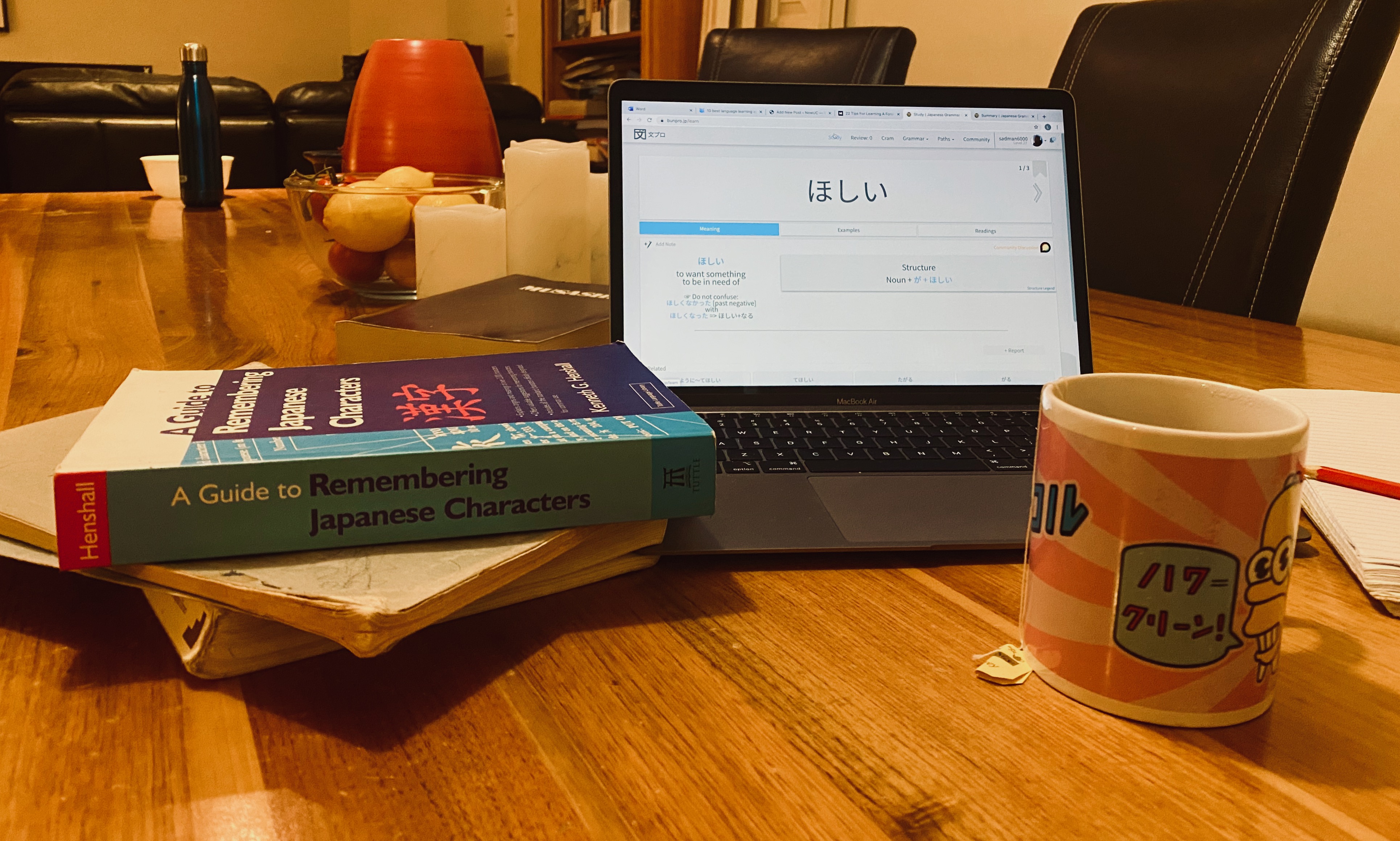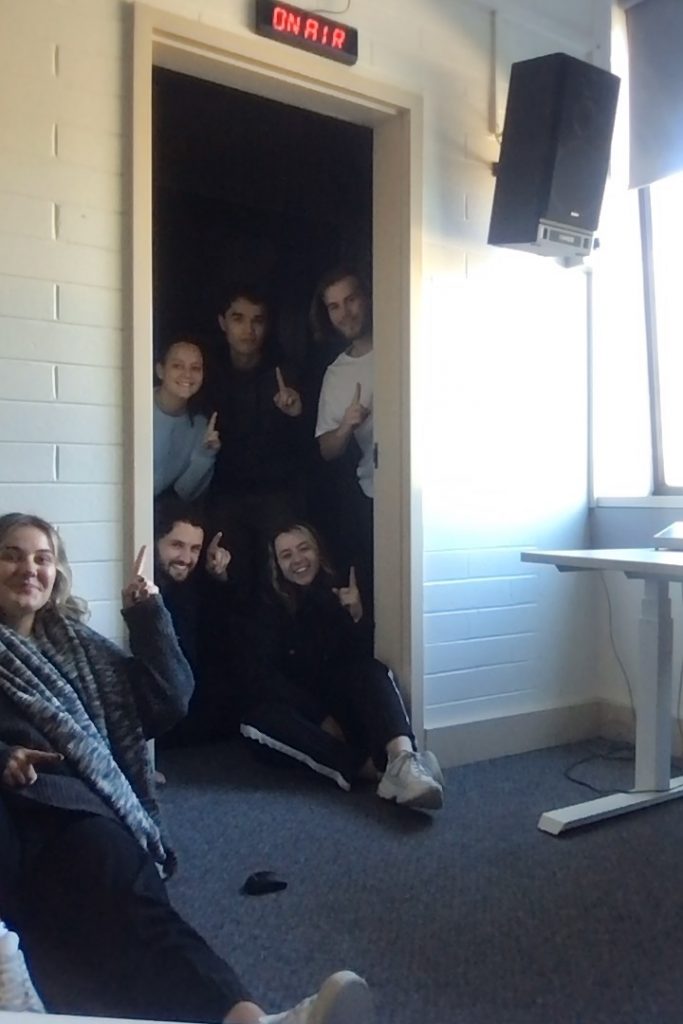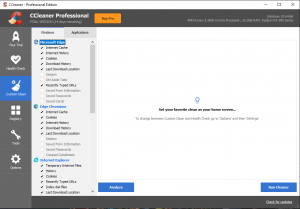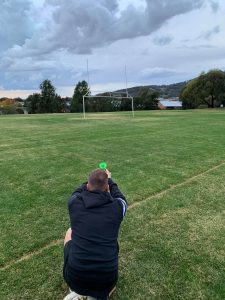Six steps to learning a language from home

Learning a second language can be a rewarding and amazing experience. But for many people language classes are either too expensive or inconvenient to get to.
Luckily, learning a second language from home (or wherever you want to) is now easier than ever with a plethora of resources available through apps, websites, audiobooks, and e-books.
Despite this abundance of resources it is still hard to know how to go from wanting to learn a language to actually learning it; so we’ve put together a blueprint for how to learn a language on your own.
Step 1: Choose a language you are passionate about.
This almost goes without saying – choosing a language that you want to have some association with is important. If you’re planning to visit, or work in another country, this should automatically be a reason to start learning.
There are also lots of other reasons to start learning a new language. If you’re a fan of Japanese anime and want to better understand your favourite show, or if you want to speak to your partner’s foreign relatives in their native language, or even if for some reason you wanted to read Russian literature in its original form – this is a great start. Having an overarching goal is a great way to get motivated initially and is a good way to remind yourself why you’re learning in the first place.
Step 2: Have a routine.
Unfortunately, the initial burst of enthusiasm that you get from motivation doesn’t last forever. Without a routine, it’s easy to lose track of progress – often having to re-learn the basics again and again. You end up making learning a language much harder than it needs to be.
To escape the cycle of perpetual introductory lessons, it is important to establish a routine when embarking on learning a language. You could spend anywhere from five minutes to four hours a day. The time doesn’t really matter, it’s just about dedicating a part of your day to learn.
A big tip – create a place in your home that is your learning space. Doing half-hearted Duolingo lessons on the couch while watching Netflix won’t get you far. So, find somewhere quiet and make it your study space. Once you have your study space and routine, it will make everything easier.
Step 3: Find the right method for you.
Most language learners aren’t restricted to one resource, so try some out and find out what works for you. Once you know what you want to use, incorporate it into your daily routine.
There are so many language learning apps out there that we could do an entire article on them. If you want a breakdown of the apps click here.
While apps are often a good starting point for learning a language don’t discount books, audiobooks, and even YouTube videos to find additional information to support your learning.

Step 4: Find a community of language learners on social media.
This step is optional, but finding a page for learners of your target language will make you feel less isolated, give you a platform to ask questions, and will help you find other people to practice with.
Other users will often post helpful links or suggest methods that you could also use to learn. These groups can prove to be a valuable resource and a good place to make connections along the way.
Step 5: Practice immersion.

Once you have a hold of the basics of the language start practicing immersion. Slowly start incorporating your target language into your everyday activities.
It can start with something simple like listening to songs and progress to the point where you’re changing your phone’s interface from English to Japanese (as an example).
The idea behind immersion is that you want to expose yourself to as much of the language as possible, so you start getting used to how it is used in a variety of situations.
Step 6: Start having conversations!
All the previous steps should be leading up to this point. You have a bit of knowledge, and you have surrounded yourself with your target language – now it is now time to put into practice.
Conversations are the best way to gauge how well you are learning. You might find that you always stumble with certain words, or get grammar mixed up, and that’s okay! The mistakes you make in conversations will help you figure out what you need to work on, and the more conversations you have the more you will improve.
The first step to having a conversation is finding someone to talk to. If you have a good relationship with someone that speaks your target language that’s a great place to start.
If you don’t have anyone to speak to, there are a range of apps that can provide peer to peer language exchange. Find a detailed list here.
After having lots of awkward conversations you’ll get to a point where speaking will become more natural and instinctive – and this will be such a rewarding feeling. Eventually, all those hours of work you have put in will start to pay off and you’ll experience things like telling a joke in another language, finding yourself translating between two people and making new friends.
All in all, learning to speak a second (third or fourth) language from home is entirely possible. Even though these steps will help you, you still need to put in the time and effort – and that’s all up to you!
If you want some more in-depth tips check out Mark Manson’s 22 tips for learning a foreign language.




Be the first to comment!